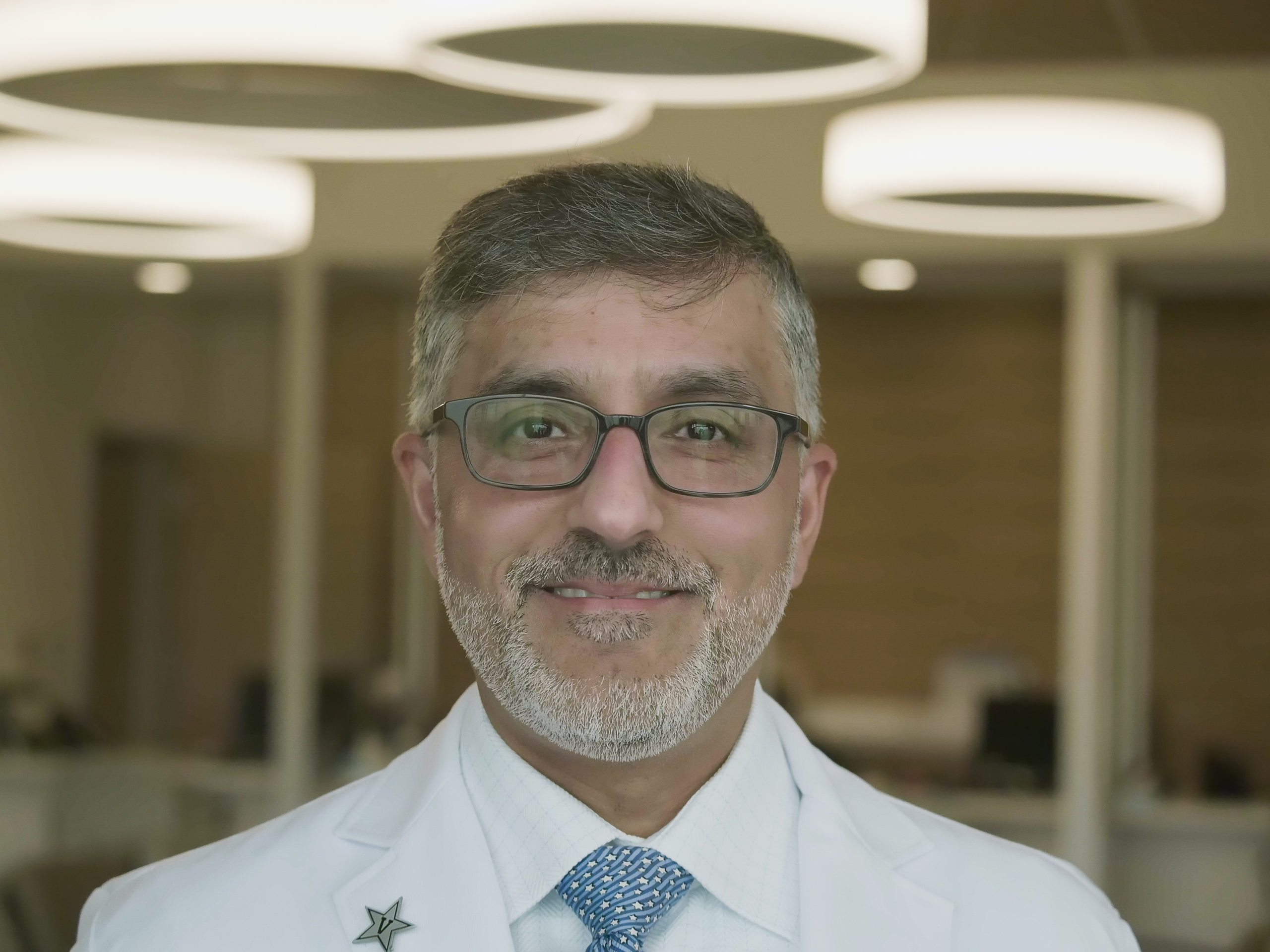Swallowing. It’s something we take for granted until we struggle to do it.
If you have trouble swallowing only on a few occasions, it’s usually nothing to worry about. If difficulty with swallowing is persistent or happens often, however, it’s time to see your physician to have the problem checked.
Doctors use the medical term “dysphagia” to describe “trouble swallowing.” This problem can occur at any age and can be a result of narrowing in the esophagus, inflammation of the lining of the esophagus or poor coordination of the muscles of the throat or the esophagus.
What are the symptoms?
People who have dysphagia typically complain of food getting stuck in the neck, mid-chest or lower chest immediately after swallowing. This sensation may last a just a few seconds or minutes and may clear with additional swallows or with drinking liquid. In more serious cases, it can persist for hours and make it impossible to swallow any additional food, liquid or even one’s own saliva. Symptoms lasting several hours should be addressed urgently with a visit to the emergency room.
What causes this condition?
Narrowing of the esophagus can be caused by scar tissue; compression of the esophagus by abnormal blood vessels (aneurysm) or other larger-than-normal structures in the chest such as tumors or lymph nodes); or by cancer within the esophagus itself. Inflammation of the esophageal lining can be caused by gastroesophageal reflux (GERD), allergic reaction to foods, certain infections, injury from medications or unusual immune conditions. Abnormal muscle function of the throat or esophagus can occur after a stroke; with certain neurological conditions like Parkinson’s disease; or with high-pressure or “spastic” motor problems in the esophagus, such as achalasia or esophageal spasm.
What are the diagnosis and treatment options?
To investigate the cause of dysphagia, your doctor may ask you to perform an x-ray study of the throat or esophagus while swallowing barium contrast. Since barium appears bright on x-rays, it outlines the shape and contour of the esophageal walls and can diagnose narrowing or inflammation of the esophagus. More commonly, your doctor may recommend that you have an upper GI endoscopy, which is also called an “EGD.” This is a procedure that is performed while sedated/asleep and uses a high-definition video camera that is placed and advanced through the patient’s mouth by the doctor to examine the esophagus in real-time. Beside the clarity and accuracy offered by color video, additional advantages of EGD include the ability to perform biopsy of tissue during the procedure and dilate or stretch open esophageal narrowing.
Dilation of the esophagus is safe to do and is performed by using either wire-guided tapered tubes or balloons. Effective dilation can alleviate dysphagia immediately, though the doctor also may recommend oral medication or other medical recommendations on a longer-term basis to reduce the risk of recurrent swallowing symptoms. In unfortunate cases when esophageal cancer is diagnosed, referral to a cancer team, including an oncologist and surgeon, is needed to hopefully arrive at a cure. If dysphagia is related to neuromuscular incoordination in the throat, a speech pathologist often can teach techniques to correct or lessen the problem.
If you – or someone you care for – are having problems swallowing, there is no need to panic. However, if the problem has been ongoing, we encourage you to make an appointment with a physician at GIA so you can arrive at a prompt diagnosis and treatment plan.


